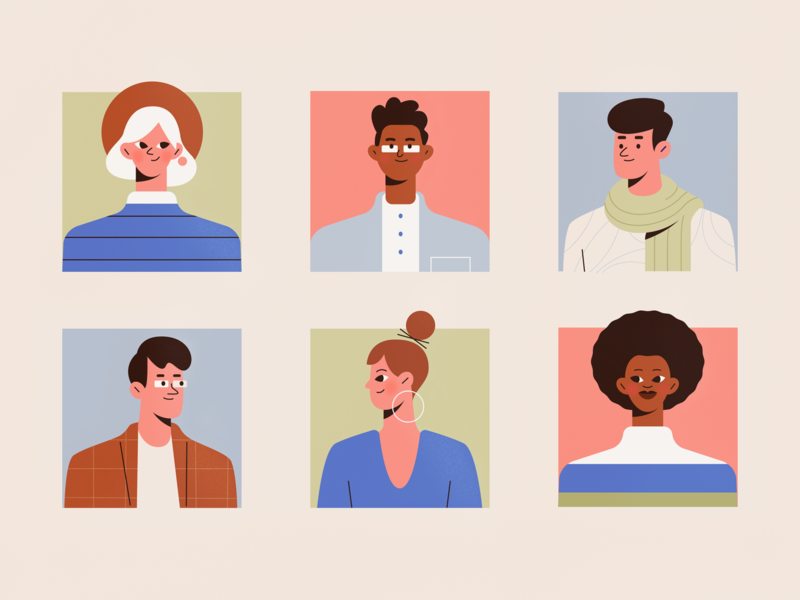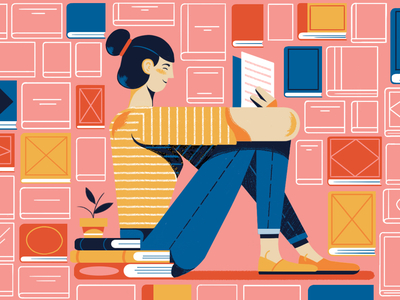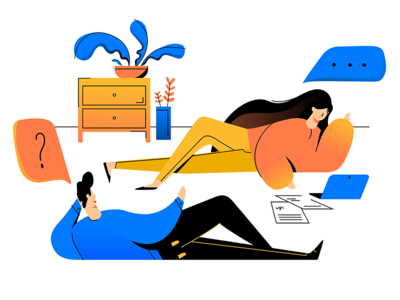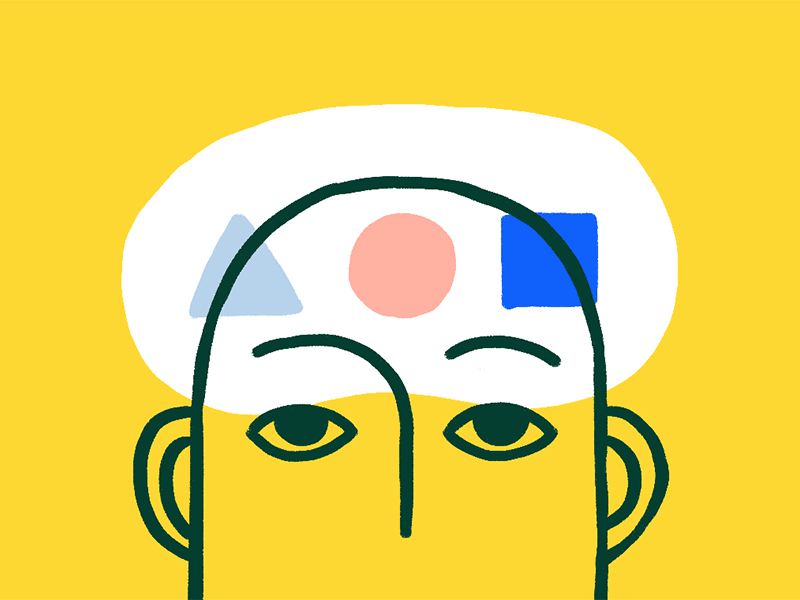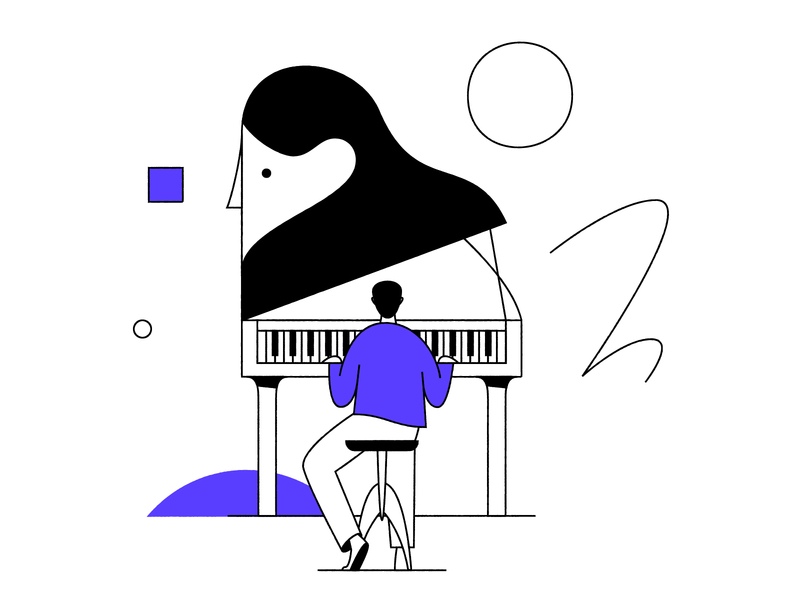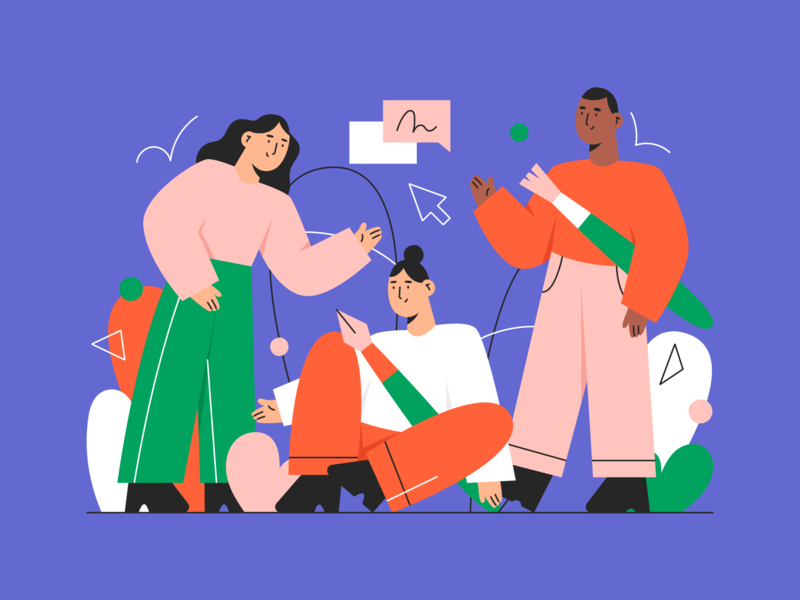In this guest post by Eugene Burndam, we explore how understanding others makes us better designers, and share a few simple techniques to help us do just that ■
People and our psychology can often seem adjunct to the goal of design. But as creators of ‘things’ we all know better. Even for myself, it becomes all too easy to misalign the gains and results of making from the actual realities of the human experience. We often assume we inherit innate knowledge for understanding demographics and the ever-complex, globalized societies where we hope to create better possibilities for others.
It’s kind of like the standard software that comes with your new computer—all of the applications and general tools imply that these will satisfy your task completion and curiosity. But what if your goal is adding a fluorescent color gradient to grandma’s hair and placing a drop shadow close to the electric guitar under her arm? Well, to do that we’d have to educate ourselves and create a basic framework to understand the unique program.
People are the most complex interdependent programs to grasp. But if we challenge ourselves to decode their behaviors and emotions with a prudent framework, the world, and every invention in it, is ours to seize, my fellow designers.
My thoughts remind me of the late Steve Jobs and his dilemmas with the designing and engineering cohort at Apple. When the staff provided a function, Jobs evaluated the idea based on the perception of how people actually behave as opposed to what we as creators wanted the user to do.
Understanding other people makes us better designers and it also makes life a whole lot easier. That being said here are some great ways to understand your fellow men and women.
1. Read non-fiction books by diverse authors
Whether the genre is biography, technology & science, or human behavior, non-fiction provides a healthy perspective on important and sometimes contentious topics affecting our world today. It’s also exciting to hear the progressive thoughts and solutions of both brilliant men and women to give us a well-rounded view of how society lives and how we will change.
Be sure to balance the gender of these books to develop and challenge your world view, but also to provide a refreshing perspective in terms of voice, reasoning, and the author’s background.
2. Ask others more questions about themselves
Listening to the responses of those around you is a great way to understand what they value and build empathy for the human experience. The next time you overhear a conversation between two people, listen to who is leading the conversation through the questions and contextualization of the answers coming back to them.
This takes some skill and patience to do, but ‘Think-Tanks’ and focus groups related to UX (User experience) for products behave in a similar way to understand how consumers think. So the next time a colleague or acquaintance speaks, try not to zone out or have the urge to talk first because you may learn something valuable.
3. Take a personality test
This is an awesome one to partake in—not only for knowing yourself better, but also as a way to acknowledge the behavior of friends and family members. It’s so fun to understand the mental processes of those close to you and how certain stimulus engages their behavior. These small, and relatively short tests, can increase your productivity by adapting your routine and activities. They also give inclinations into how different people, and their cognitive grouping, relate to various types of design and products.
The more you delve into personality types the more you’ll be amazed. There are a plethora of excellent companies and types of test including 16personalities.com , Myers Briggs , and The Hexaco Personality inventory . Just be sure you and your friends answer the questions as honestly as possible.
RELATED — 5 personality tests to uncover your creative potential
4. Go on a cultural tangent
Taking that world tour may be out of reach for many of us in terms of time and money. But thankfully, there are other great cultural pursuits that are like fertilizer for our minds. Why not learn a new language, understand music and how to play and instrument, or develop a knack for strategy and puzzle orientated activities like chess or Sudoku?
Spare time endeavors like these improve your ability to think, be imaginative, and interact with others on new and deeper levels. Even Albert Einstein played the violin to enhance the flow of his mind in problem-solving.
5. Try a new group activity
There are so many group activities to try, the list is endless. From hockey to haberdashery and everything in between. But what you choose isn’t nearly as important as your ability to cooperate and work interdependently with those in your group. Whether it’s taking initiative, or carrying out a task as a team player, you will learn so much about yourself and satisfying the desires of the group in relation to the strengths and weaknesses you bring.
Once you understand how interdependent life is in relation to the people you work with and for, your productivity as a designer will be limitless.
6. Be mindful of negative bias
This relates to developing non-productive behaviors by association of our thinking. A highly skewed or generalized view of our world comes through watching too much media and screens. Very often, the news tells us many examples of life going wrong in our world when so many areas of society are progressing and actually doing very well. The other extreme is the hedonic pleasure of social networking, streaming, and the internet which augments the true ebbs and flows of the human experience.
The complex world we live in wasn’t created only in sound bites and alluring entertainment. So be mindful of your technology and managing the time spent on it. Make a point to do something ‘not screen orientated’ and make conversation with those around you. Setting up a morning and evening routine for when you’re allowed to pick up your phone, and turning it off before you sleep are great to experiment with. Keeping the self-talk in our minds positive is the best way to value ourselves as designers and in our everyday lives ■
About Eugene: Hi! I’m a blogger and designer based in London, England. I enjoy topics on marketing, learning, and branding. I also relish building community amongst graphic designers and understanding how we can all Think. Design. Educate and Play better with the great tools at our disposal. Find me on Instagram.
RELATED READING
- Cross-Cultural Design: 4 ways to get started
- A UX designer’s guide to interpreting human behavior
- 5 soft skills every product designer should master
Find more Community stories on our blog Courtside. Have a suggestion? Contact stories@dribbble.com.




